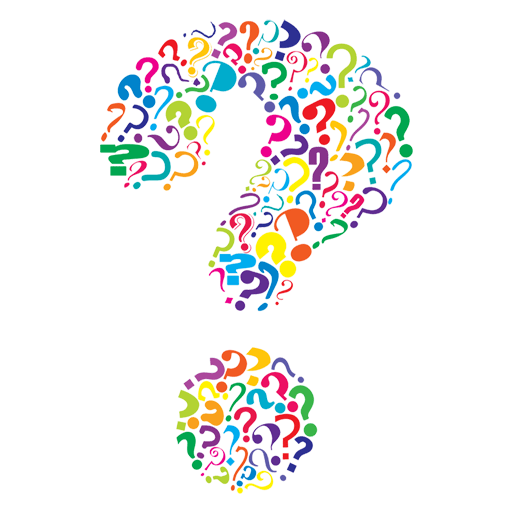The first ever Grand National was held at Aintree Race Course in Liverpool, England in 1839. The Aintree Racecourse’s name derives from an ancient Viking settlement, where all the trees but one fell down.
The first Grand National in 1839 also saw the slowest time for a horse to win the race. The aptly named Lottery, ridden by Jem Mason, who was 5-1 favourite, completed the race in 14m 53s.
In 1883, just 10 racers faced the starter, making it the smallest field to partake in a Grand National race. However 66 horses lined up in 1929, which is the most the Grand National has seen.
The smallest number of horses to finish the Grand National was in 1928 when the 100-1 outsider, Tipperary Tim, was the first of two horses left in the race to pass the post.
In 1984, the greatest number of horses finished the race. There were 23 horses that completed the race and the winner was “Hallo Dandy” who was ridden by the Welsh jockey Neal Doughty.
The horse named Mr Frisk, was the fastest ever time to win the Grand National, in just 8 minutes 47.8 seconds in 1990.
It is said to be one of the most challenging steeplechase races with 16 tough fences to jump. Some of the early races included a stone wall jump, which has since been replaced with the water jump.
Another jump, the Becher’s Brook was named after a top jockey, Captain Martin Becher, after he fell from his horse and took shelter in the brook from the other riders and horses as they passed.
The jump known as The Chair is the broadest and the tallest fence and stands at 5ft 2ins. This fence was named as in the early days of the Grand National, the jump was situated alongside the seat used by the distance judge.
All the fences are made up from spruce coming from the Lake District. The building work costs are high, reaching tens of thousands of pounds and will normally take about 4 weeks to complete.
The most successful and well known horse to win the Grand National was Red Rum. He won it three times in 1973, 1974 and 1977. When Red Rum died on 18th October 1995, his remains were buried at the winning post at the Aintree Racecourse.
The oldest winning horse was Peter Simple in 1853 and he was aged 15. There were also quite a few young horses all aged 5 and these were Alcibiade in 1865, Regal in 1876, Austerlitz in 1877, Empress in 1880, and Lutteur III in 1909.
Golden Miller was the only horse to complete both the Cheltenham Gold Cup and the Grand National in 1934.
In one of the strangest Grand National wins, Moiffa won it in 1904. It was odd because in 1903 during a trip to Liverpool from New Zealand, the horses ship was wrecked and Moiffa was presumed lost at sea. Shortly after the wreck, Moiffa turned up on some outcrop in the south of Ireland and went on to win the Grand National the following year.
The most successful jockey in the Grand National’s history is George Stevens who won the race five times. They were on Freetrader in 1856, Emblem in 1863, Emblematic in 1864 and The Colonel in 1869 and 1870.
In 1938, the youngest jockey to win the Grand National was 17 year old Bruce Hobbs, who rode Battleship to victory. Battleship is currently the only horse to have won both the Grand National and the American Grand National.
Whereas, the late Dick Saunders is the oldest winner, at 48 years old, to win the Grand National and he partnered Grittar to triumph in 1982.
Peter Scudamore officially competed in 12 Grand National without winning. He technically lined up for thirteen Grand Nationals, but the race in 1993 was void.
The reason the Grand National was cancelled in 1993 was because 30 of the 39 riders hadn’t realised a false start had been called. They continued to complete both laps of the hard 30 obstacle course before they knew what had happened, and so it was declared to be a void race.
Richard Johnson has now beaten that record, this year The Grand National 2019, will be the champion jockey’s 21st attempt at the Grand National without a win.

The first female jockey to participate in the Grand National was Charlotte Brew in 1977, partnering her horse Barony Fort. She almost finished the race, but she fell at the fourth-to-last fence making it impossible complete the race.
This female participation however, paved the way for female jockeys to continue to compete in the Grand National and the first woman to complete the Grand National was Geraldine Rees in 1982. She finished in 8th place on her horse named Cheers.
In 2012 Katie Walsh achieved the best placing by a woman to date, with a 3rd place position on Seabass.
Rosemary Henderson finished fifth when aged 51 on her own 100/1 shot Fiddlers Pike in 1994. She subsequently wrote a book, ‘Road To The National’, about her exploits.
The 2019 Grand National steeplechase race will take part of 6th April, the field will hold a maximum of 40 Grand National runners, with 4 reserves.
Feature image features Hallo Dandy and Neale Doughty at the last on the way to win the 1984 Grand National from Greasepaint with Tommy Carmody

